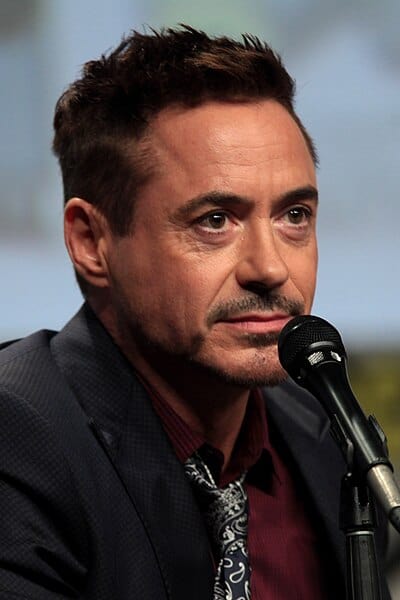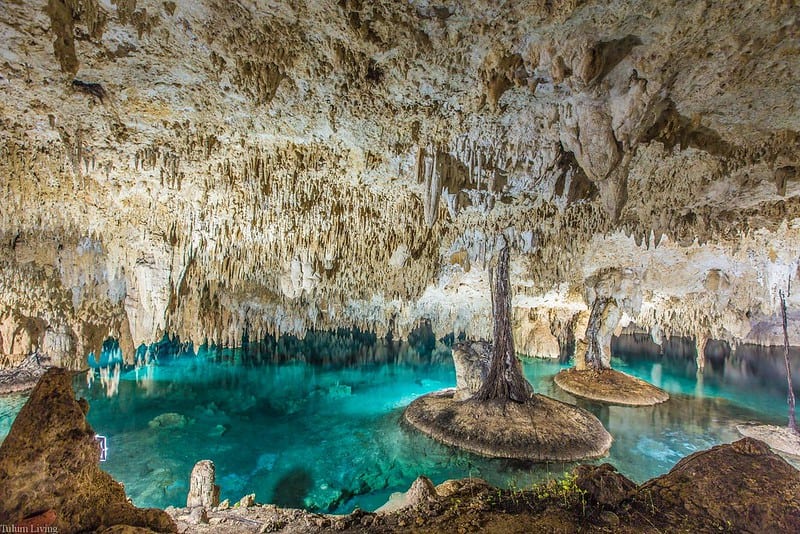Mixed media art is a dynamic and versatile form of artistic expression that combines various materials, techniques, and styles to create unique, multifaceted works. By blending elements such as paint, fabric, digital media, and found objects, artists can explore new creative possibilities and push the boundaries of traditional art forms. Whether you’re an experienced artist or just beginning to experiment with mixed media, exploring different approaches can help you discover your own unique style. In this article, we’ll delve into 20 distinctive techniques that can inspire and expand your creative practice.
Collage and Assemblage
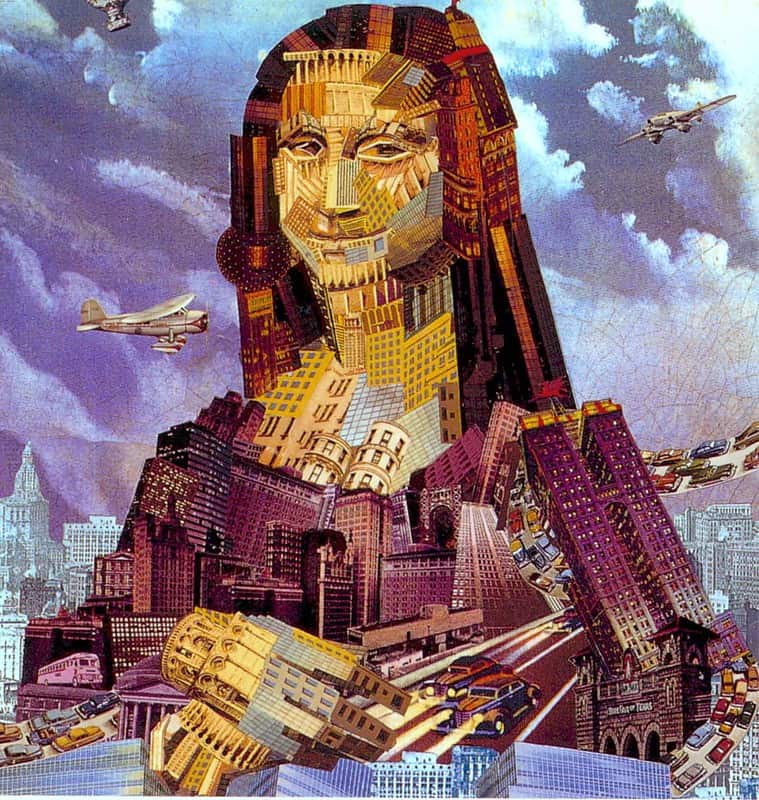
Collage and assemblage involve combining various materials, such as paper, fabric, and found objects, into a single composition. Artists often use these techniques to create layered, textured works that invite viewers to explore the different materials and their relationships. The juxtaposition of different textures and materials can create a sense of depth and complexity. This approach is particularly effective in conveying a narrative or concept through the interplay of disparate elements. Whether abstract or representational, collage and assemblage open up endless possibilities for creative expression.
Textured Painting
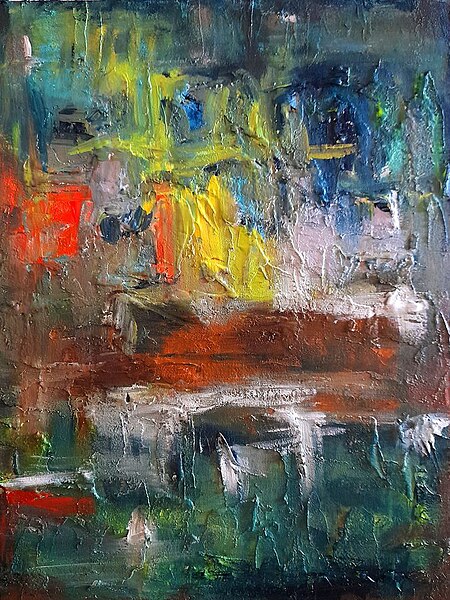
Textured painting involves the use of various tools and materials to add depth and dimension to a canvas. Artists might incorporate materials such as sand, gel mediums, or even natural elements like leaves to build a tactile surface. The process allows for the creation of dynamic, three-dimensional effects that can evoke emotions or suggest landscapes, objects, or abstract forms. Texture adds a sensory element to the visual experience, engaging the viewer’s sense of touch. This approach can be both planned and spontaneous, with the artist responding to the materials as they work.
Photomontage
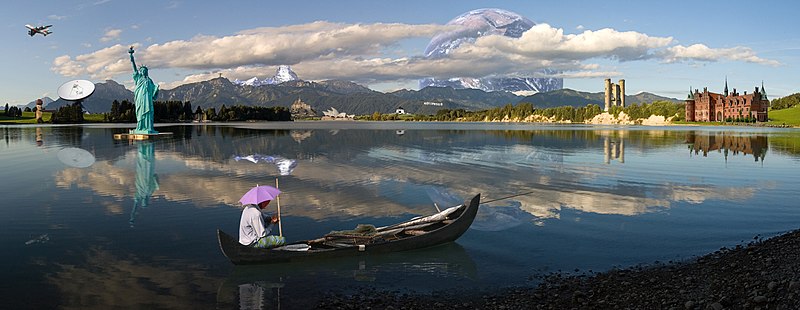
Photomontage is the technique of combining photographs to create a new, often surreal, composition. By merging different images, artists can produce striking contrasts or harmonies that tell a story or evoke a mood. This method is frequently used to create visual narratives or comment on societal issues by manipulating reality. The layered images can blur the line between fiction and reality, challenging the viewer’s perception. Photomontage offers a powerful way to explore themes of identity, memory, and time.
Text Integration
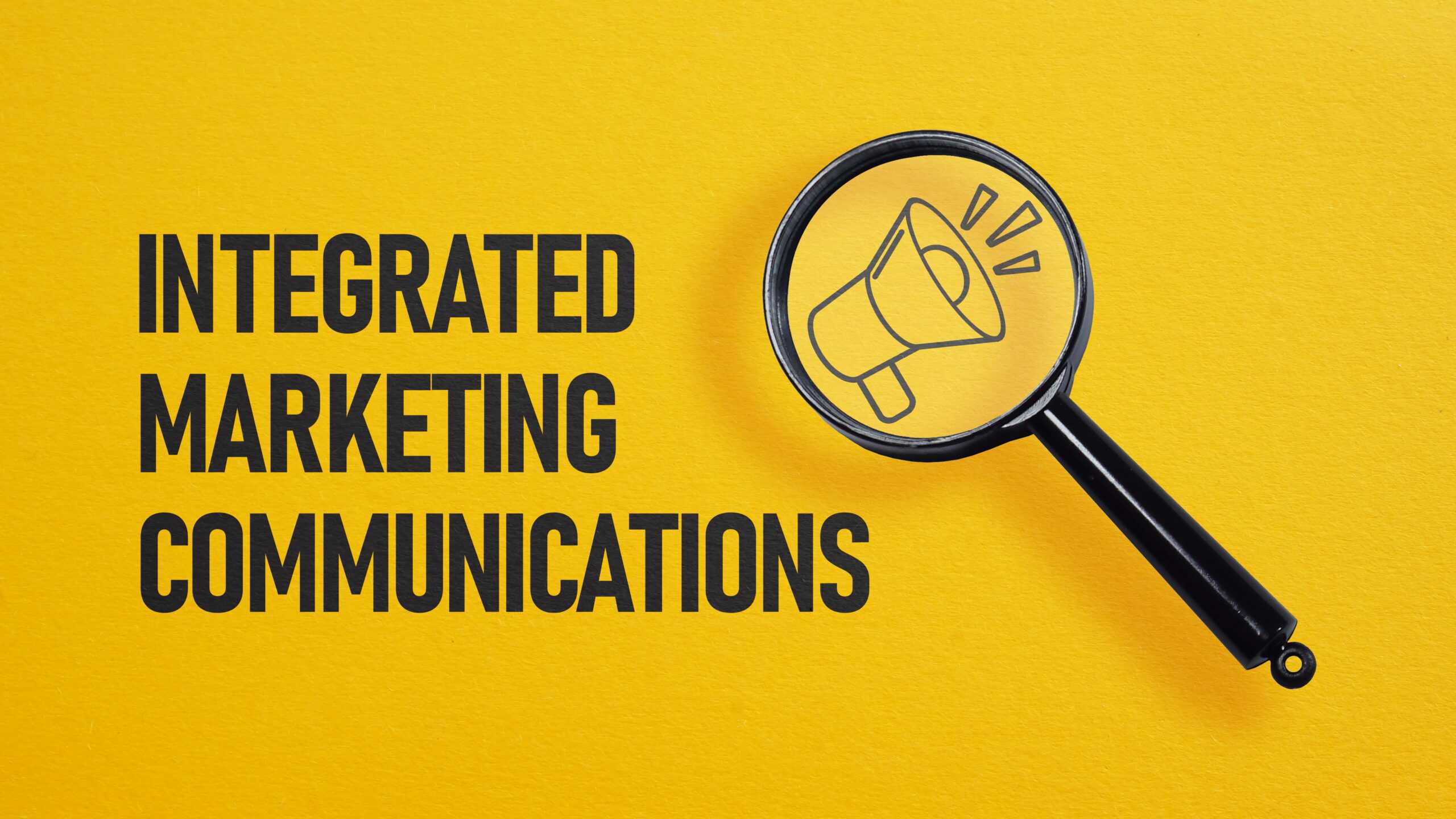
Incorporating text into visual art can add a conceptual or narrative layer that complements the imagery. Artists might use hand-lettering, printed text, or even typewritten words to enhance the message of the piece. The interplay between visual and verbal elements can create a dialogue that deepens the viewer’s engagement. Text integration can be subtle, with words hidden within the composition, or bold, making the text the focal point. This technique is especially effective in works that seek to communicate complex ideas or emotions.
Found Object Art
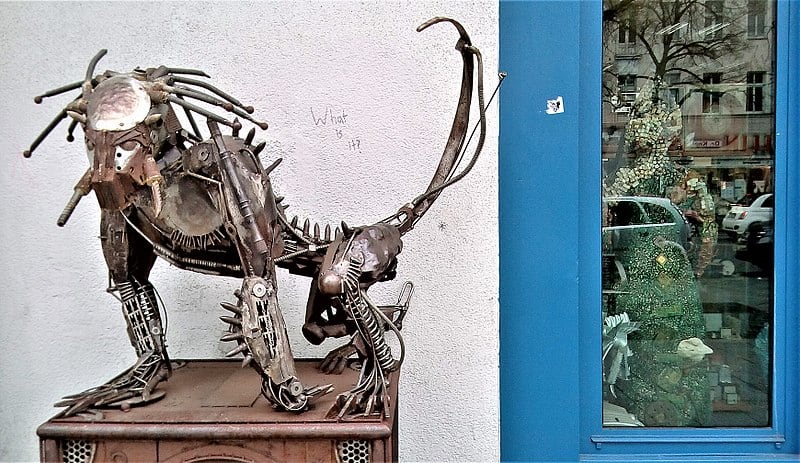
Found object art involves repurposing everyday items into new artistic creations. Artists might use discarded items, natural objects, or industrial materials, giving them new life within a piece of art. This approach often carries a conceptual message, commenting on consumerism, waste, or the beauty of overlooked objects. The transformation of mundane materials into something expressive challenges the viewer to see the world differently. Found object art can be both playful and thought-provoking, depending on the artist’s intent.
Digital Mixed Media

Digital mixed media combines traditional art techniques with digital technology, allowing for endless experimentation. Artists can start with a hand-drawn sketch, scan it into a computer, and then manipulate the image using software to add layers, textures, or colors. This fusion of analog and digital methods creates unique works that blend the tactile qualities of traditional art with the versatility of digital tools. The digital component allows for quick revisions and endless variations, making it a dynamic medium. Digital mixed media is perfect for artists looking to push the boundaries of traditional art forms.
Textile and Fiber Art
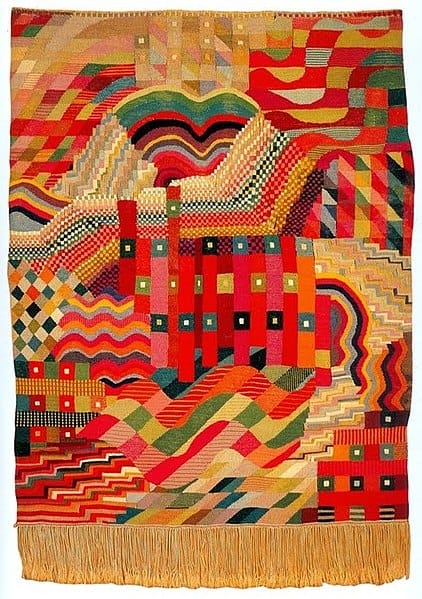
Textile and fiber art involve using materials like fabric, yarn, and thread to create art pieces. This approach can range from traditional techniques like weaving and embroidery to more experimental methods such as incorporating textiles into paintings or sculptures. The tactile quality of textiles adds a sensory dimension to the artwork, inviting viewers to explore the textures and patterns. Fiber art often has a rich cultural significance, drawing on traditions from various parts of the world. This approach allows for a deep exploration of materiality and craftsmanship.
Ink and Watercolor Combinations
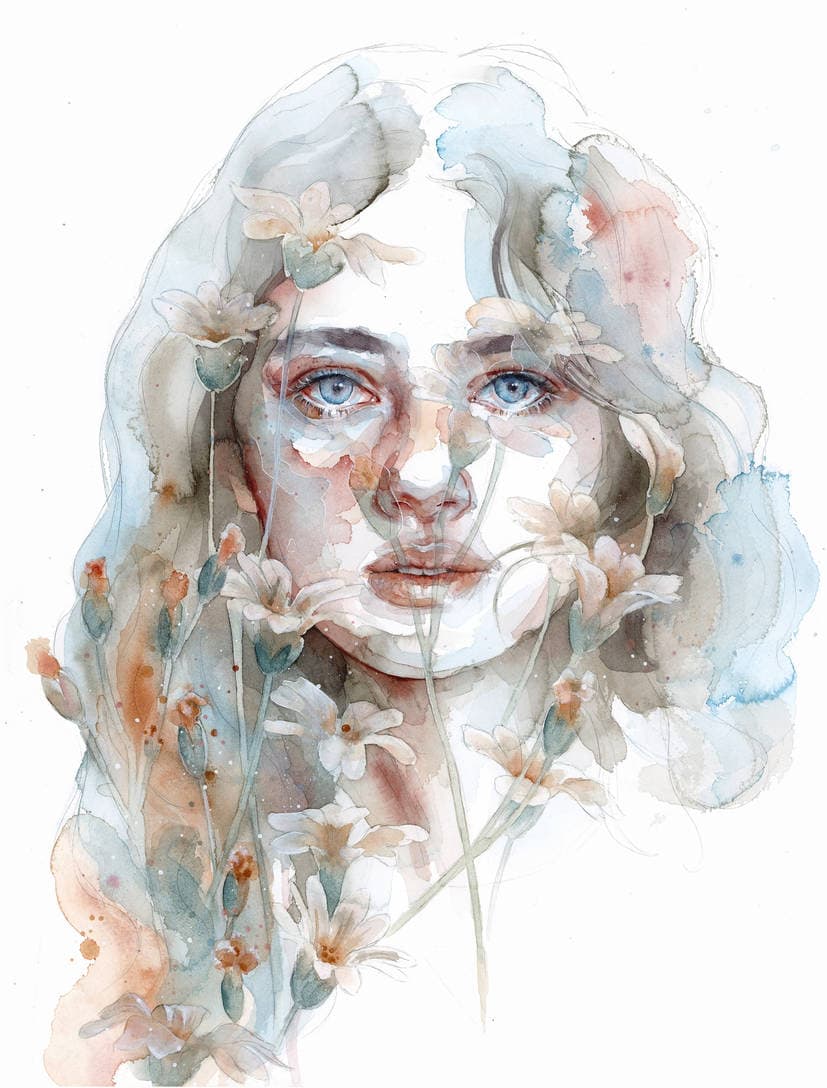
The combination of ink and watercolor allows for a dynamic interplay between controlled lines and fluid color. Ink provides structure and detail, while watercolor offers a soft, organic contrast that can create a sense of movement or atmosphere. Artists can use this technique to depict anything from intricate botanical studies to expressive abstract compositions. The unpredictability of watercolor adds an element of spontaneity, while ink brings precision and definition. Together, they create a balanced yet dynamic visual effect that is both striking and delicate.
Layered Resin Art
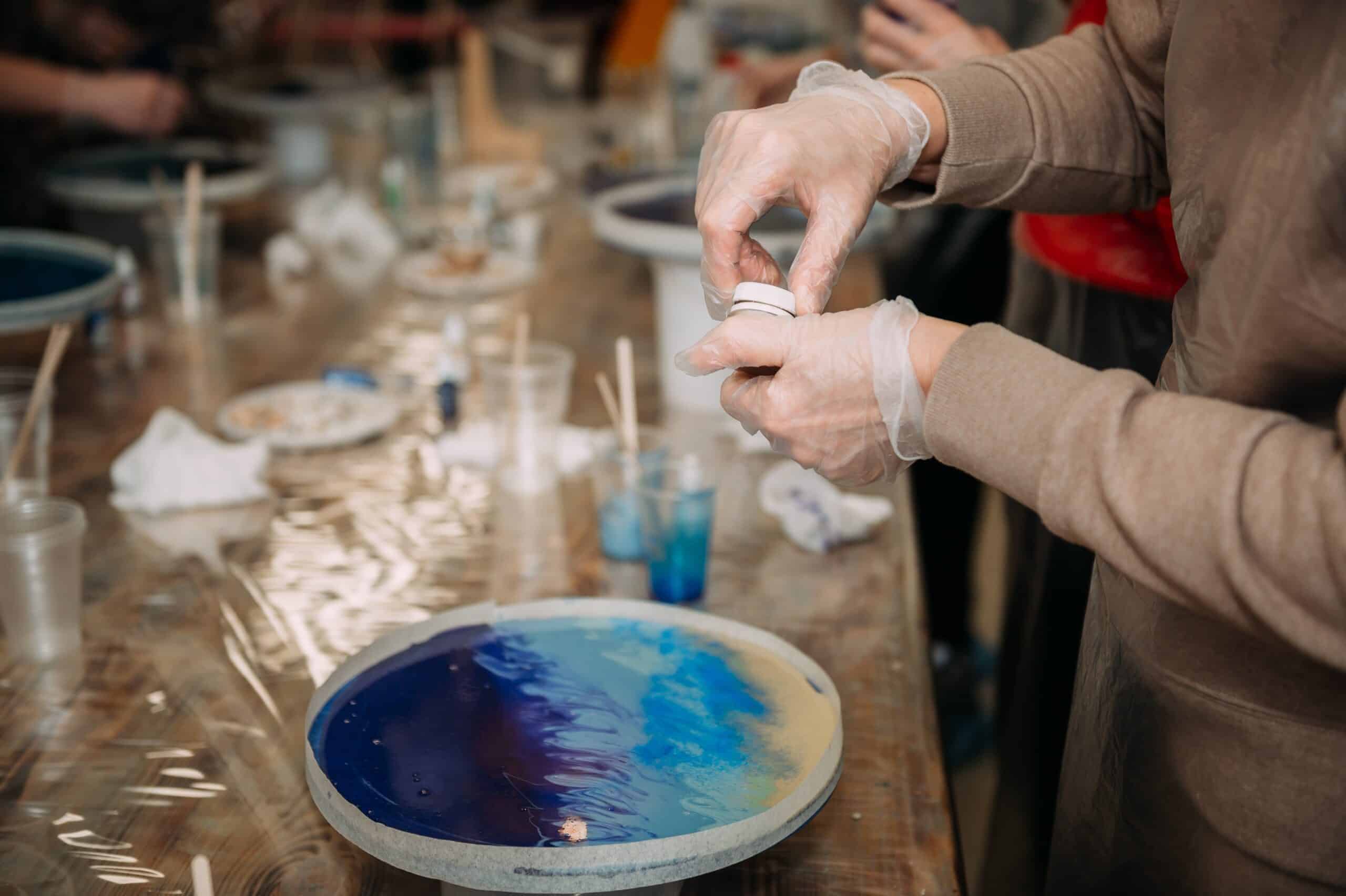
Layered resin art involves pouring multiple layers of resin, each containing different elements such as paint, glitter, or small objects, to create a three-dimensional effect. The clear resin gives the piece a glossy finish, enhancing the depth and vibrancy of the embedded materials. Artists can manipulate the layers to create intricate designs or abstract compositions that seem to float within the resin. This technique offers a modern, polished look and is often used to create statement pieces. The process requires patience and precision but results in stunning, luminous artworks.
Monoprint and Collage
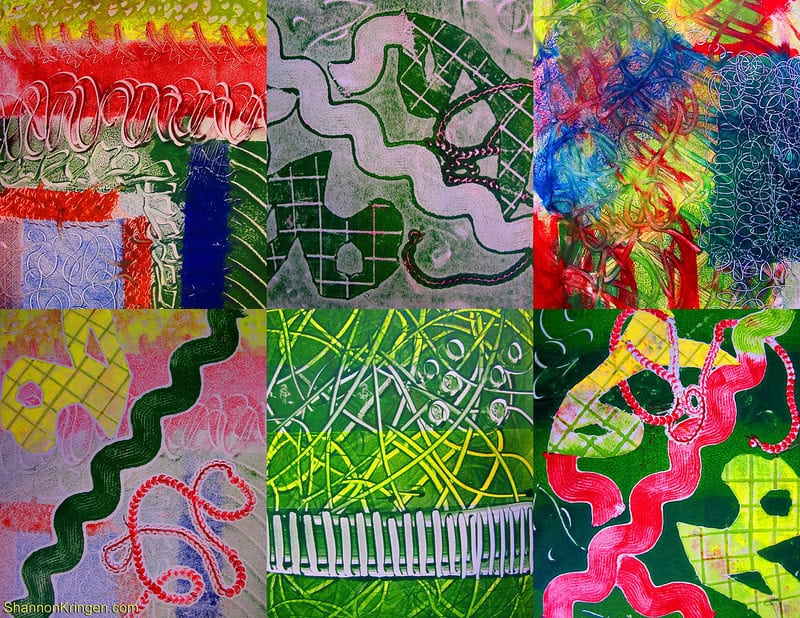
Combining monoprinting with collage techniques allows artists to create one-of-a-kind prints with added layers of texture and imagery. Monoprinting involves creating a single, unique print from a plate, which can then be enhanced with collage elements such as paper, fabric, or found objects. This approach merges the spontaneity of printmaking with the deliberate placement of collage materials, resulting in a rich, layered composition. The combination of these techniques can convey a sense of history or memory, as each layer adds a new dimension to the narrative. Monoprint and collage together offer endless possibilities for exploration and expression.
3D Paper Art
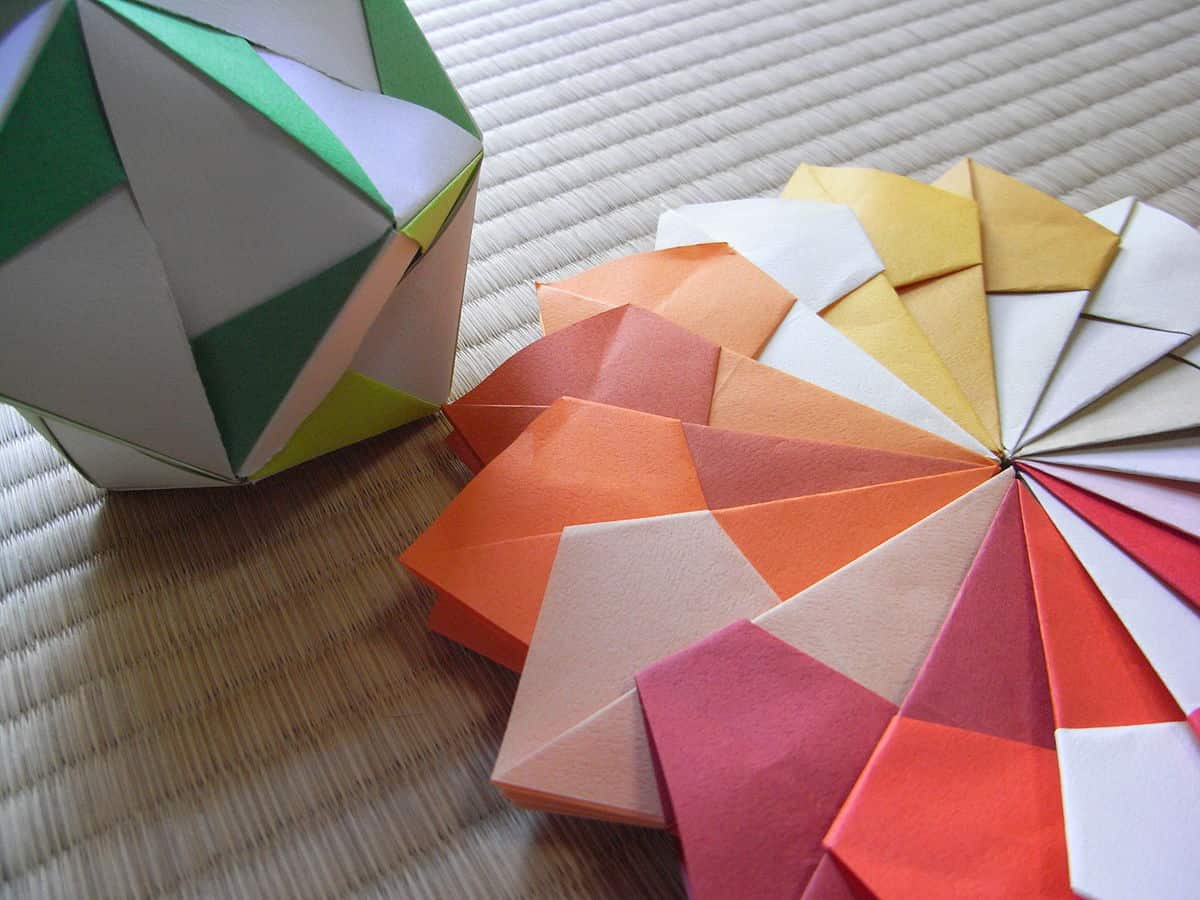
3D paper art transforms flat sheets of paper into intricate, three-dimensional sculptures. Artists cut, fold, and layer paper to create detailed designs that rise from the surface, casting shadows and creating depth. This technique can be used to create everything from delicate floral arrangements to complex architectural forms. The simplicity of the material contrasts with the complexity of the finished piece, making 3D paper art both accessible and awe-inspiring. The precision required in this method results in works that are both delicate and structurally impressive.
Encaustic Painting
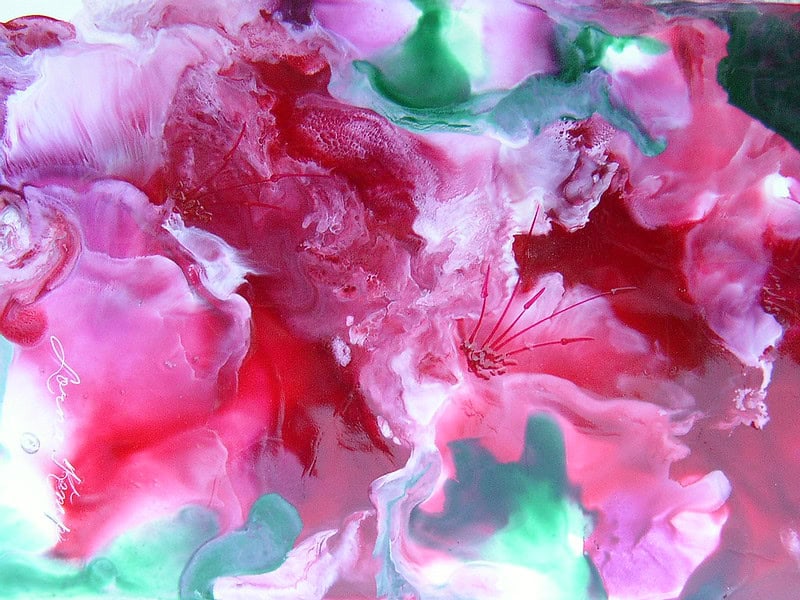
Encaustic painting is an ancient technique that involves using heated beeswax mixed with pigment to create textured, luminous surfaces. Artists apply the wax to a surface in layers, which can be carved into, scraped back, or embedded with various materials like fabric, paper, or metal. The result is a richly textured surface that captures light and has a unique, tactile quality. This technique is valued for its versatility and the ability to create both abstract and representational works. The durability and rich texture of encaustic paintings make them stand out in the realm of mixed media.
Graffiti and Street Art Techniques
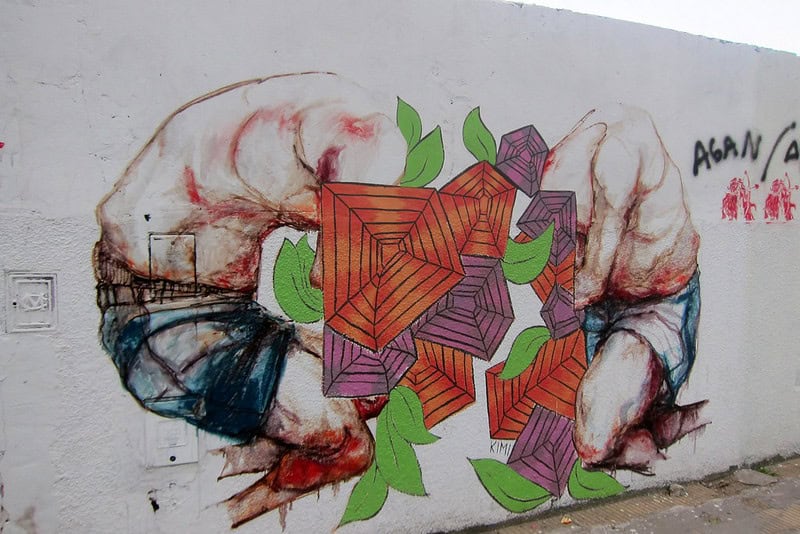
Incorporating graffiti and street art techniques into mixed media brings an urban, contemporary edge to traditional art forms. Artists might use spray paint, stencils, or markers to add bold, graphic elements to their work. These techniques often bring a sense of immediacy and energy, reflecting the fast-paced nature of street art. The integration of graffiti styles can also infuse the artwork with cultural or political commentary, connecting the work to the broader social context. This approach is particularly powerful in creating art that speaks to current events or urban life.
Photo Transfer Techniques

Photo transfer involves transferring photographic images onto various surfaces, such as wood, canvas, or fabric, creating a vintage or distressed look. The process typically involves using a gel medium to transfer the ink from the photograph onto the surface, leaving behind a ghostly, ethereal image. Artists can then layer additional media, such as paint or text, over the transferred image to create a more complex composition. This technique is excellent for creating a sense of nostalgia or memory, as the transferred images often appear faded or worn. Photo transfer adds a historical or personal dimension to mixed media work, making it deeply evocative.
Mixed Media Sculpture
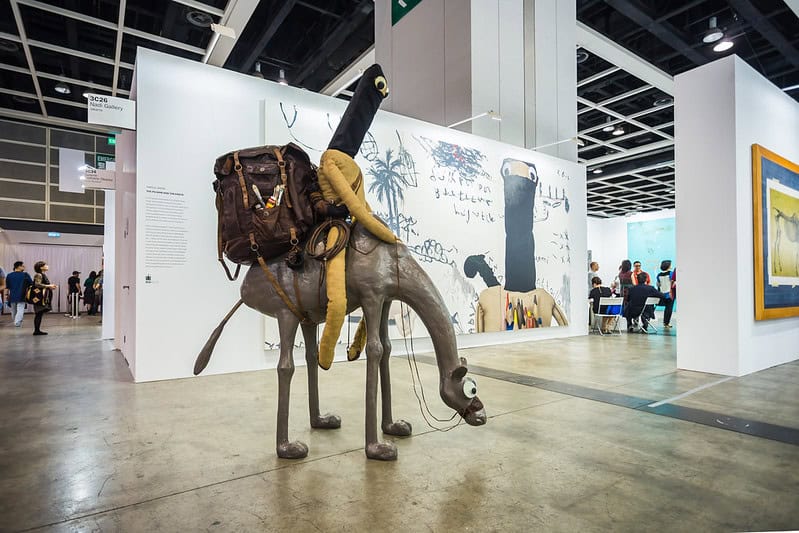
Mixed media sculpture involves creating three-dimensional art using a combination of materials, such as metal, wood, fabric, and found objects. This approach allows artists to explore form and space in ways that two-dimensional media cannot. Sculptors might combine traditional materials with unconventional items, creating contrasts in texture and color that add to the visual and tactile interest of the piece. The inclusion of various media in sculpture can also introduce different conceptual layers, as each material carries its own associations and meanings. Mixed media sculpture is a powerful way to create dynamic, multi-sensory experiences for the viewer.
Interactive Art
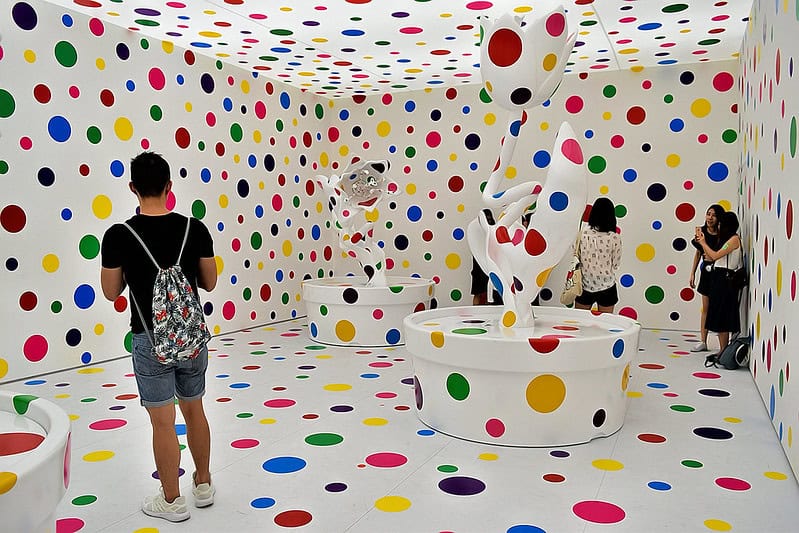
Interactive art invites the viewer to engage with the artwork in a physical way, often altering the piece as they interact with it. This can involve touch, movement, or even the input of data to change the artwork’s form or content. The inclusion of interactive elements creates a dialogue between the viewer and the art, making the experience of the artwork unique for each person. This approach is particularly effective in engaging audiences and making them an active part of the creative process. Interactive mixed media art often explores themes of participation, perception, and the relationship between the viewer and the artwork.
Ephemeral Art
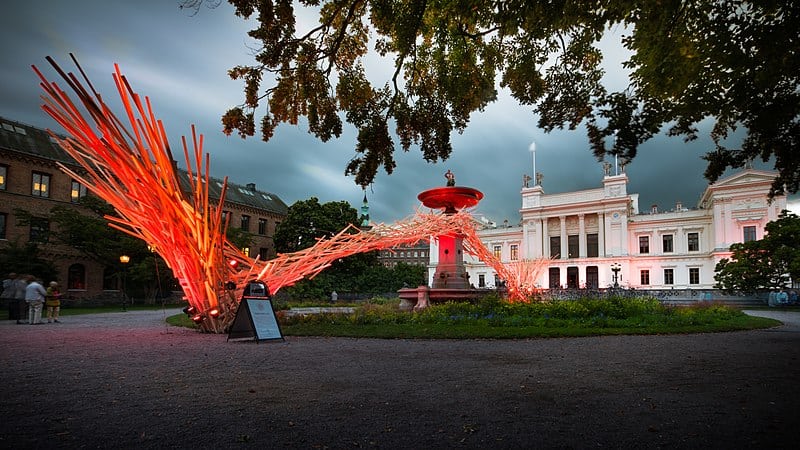
Ephemeral art involves creating works that are temporary, meant to change or disappear over time. Artists might use materials like ice, sand, or natural elements that are subject to weather or other environmental factors. This approach challenges traditional notions of permanence in art, emphasizing the process and the moment rather than the finished product. Ephemeral art often carries a message about the impermanence of life and the passage of time, inviting viewers to appreciate the transient beauty of the world. This form of mixed media art is deeply connected to its environment, making each work a unique, time-bound experience.
Kinetic Art
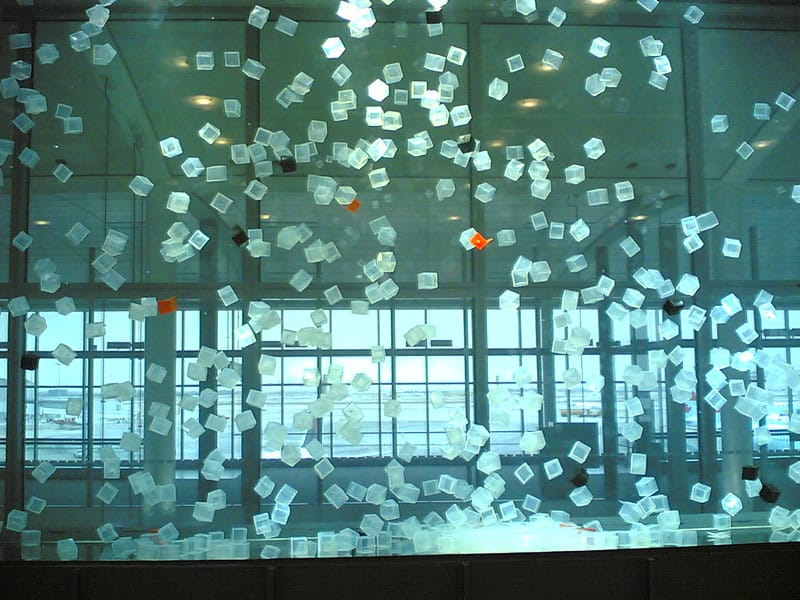
Kinetic art incorporates movement, either through mechanical components or by interacting with natural forces like wind or water. This approach brings a dynamic element to mixed media, as the artwork changes and evolves in real-time. The movement can be subtle, like a gently spinning mobile, or more dramatic, like a sculpture that responds to the viewer’s movements. Kinetic art engages viewers in a sensory experience that goes beyond the visual, involving sight, sound, and sometimes even touch. This form of art is particularly effective in creating a sense of playfulness or intrigue, as viewers are drawn to explore the movement and mechanics of the piece.
Eco-Art
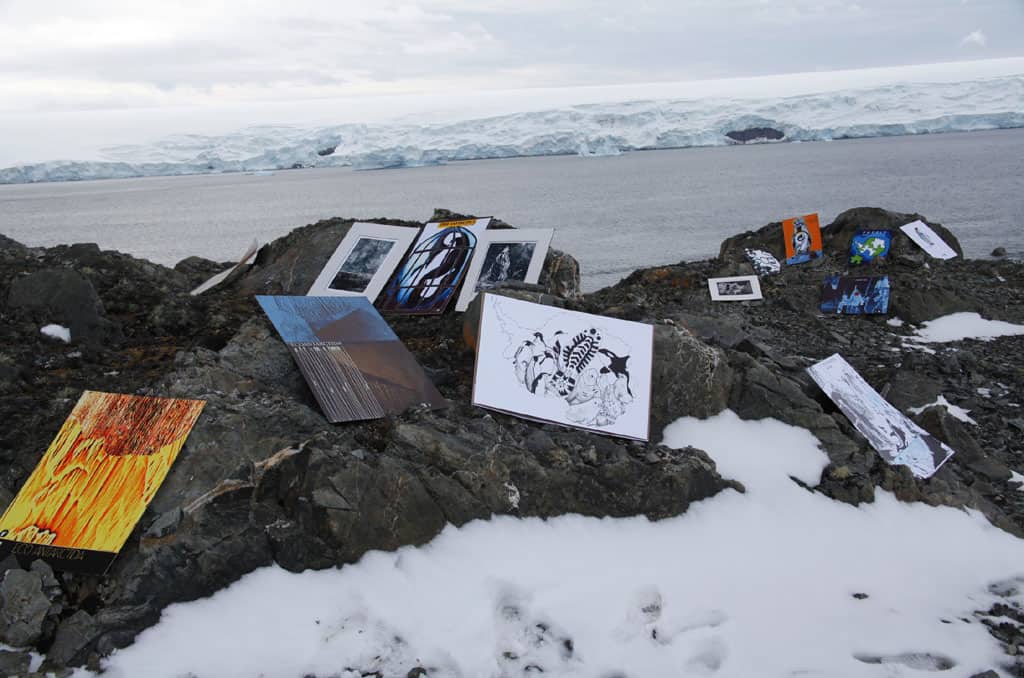
Eco-art, or environmental art, focuses on creating works that reflect on ecological issues or incorporate natural materials in sustainable ways. Artists might use organic materials, such as leaves, branches, or stones, to create works that are both beautiful and thought-provoking. The use of natural materials often emphasizes the connection between art and the environment, encouraging viewers to reflect on their relationship with nature. Eco-art can also include installations or sculptures that interact with the landscape, creating a dialogue between the artwork and its surroundings. This approach to mixed media art is deeply connected to themes of conservation, sustainability, and the natural world.
Augmented Reality (AR) Art
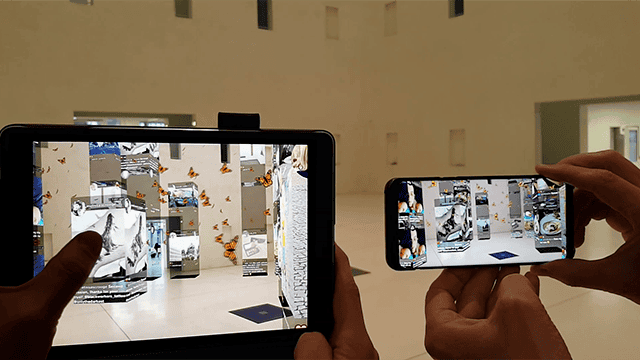
Augmented Reality (AR) art merges physical artwork with digital enhancements, allowing viewers to experience additional layers of information or imagery through a smartphone or tablet. Artists create works that can be viewed traditionally but are transformed when viewed through an AR app, revealing hidden elements, animations, or sounds. This approach bridges the gap between the physical and digital worlds, offering an interactive, immersive experience. AR art expands the possibilities of mixed media by incorporating technology, creating multi-dimensional works that engage viewers in new and exciting ways. The blend of reality and virtual elements can challenge perceptions and create unique, personalized interactions with the art.
This article originally appeared on Rarest.org.
More From Rarest.Org
In the world of blockbuster films, some actors not only deliver unforgettable performances but also command impressive paychecks. Their star power and talent have made them some of the highest-paid individuals in Hollywood, earning millions for their roles in major movies. Read more.
15 Most Innovative Electric Vehicles on the Market
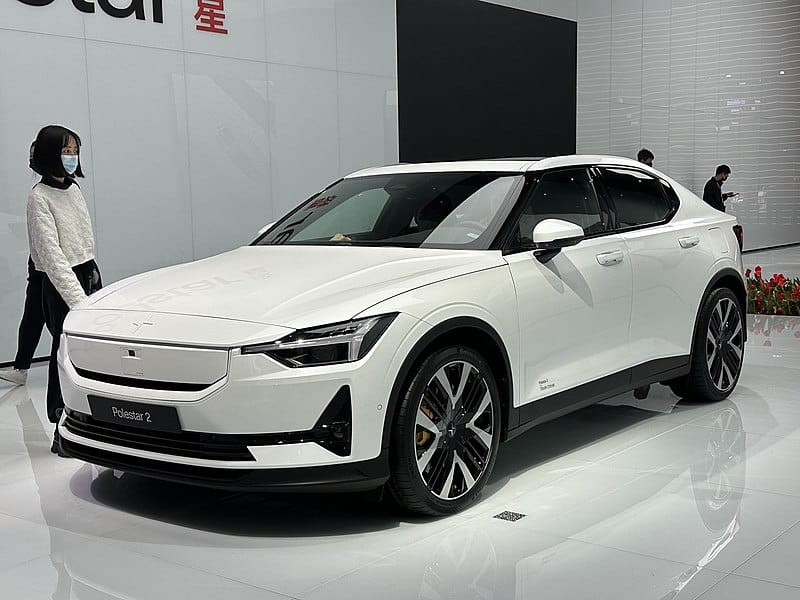
Electric vehicles (EVs) are rapidly transforming the automotive landscape, offering a blend of innovation, sustainability, and performance that traditional cars can’t match. With advancements in battery technology, charging infrastructure, and design, today’s EVs are more practical and exciting than ever before. Read more.

